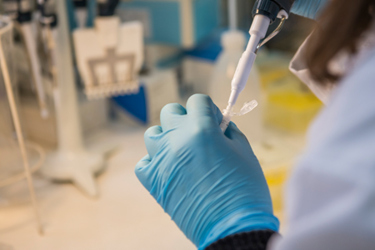Proximity Inducers In Drug Discovery - A Perspective On Cooperativity
An interview with Dr. Hans-Jörg Roth, former director of global discovery chemistry at Novartis

Developing effective drugs often involves a trade-off between affinity and molecular size. For proximity-inducing therapeutics like PROTACs and molecular glues, finding the right balance is critical. Large molecules can achieve high affinity but often suffer from poor drug-like properties. How can we design smaller, more potent, and safer proximity inducers? Dr. Hans-Jörg Roth argues that optimizing cooperativity is key. By enhancing the stabilizing interactions within the ternary complex (drug, target, chaperone), it's possible to maintain potency while reducing molecular weight.
Explore the challenges and strategies for maximizing cooperativity in drug design. Download the full case study to explore Dr. Roth's perspective.
Get unlimited access to:
Enter your credentials below to log in. Not yet a member of Drug Discovery Online? Subscribe today.
